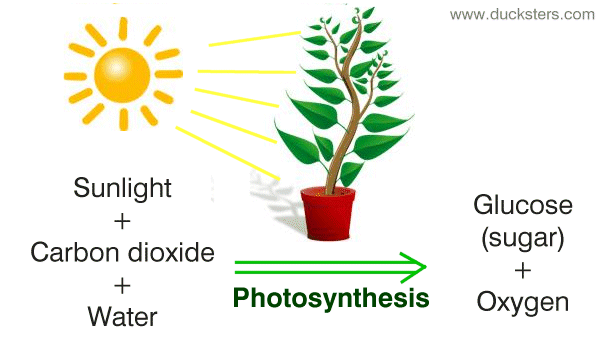Understanding of student learning:
In the classroom, each child learned differently and at different speeds. Some children needed more attention then others. Each teacher had to help them focus and stay on task. It is important that each lesson can connect with each student in the classroom. Therefore, each lesson needs to contain different ways of teaching including direct instruction and inquiry.
How students learn:
Students connect with the direct lesson and the inquiry lesson on different levels. The direct lesson plan is geared towards students who are able to maintain their focus and interest while being taught. The note packets help the students that have a harder time staying focused follow along with the information. The guided practice in the direct lesson plans help the visual learners connect their thoughts and new information. The inquiry lesson helps the students that need a hands on approach. This is interactive and can help students that may not collect everything that was taught in the direct lesson.
How this experience helped my understanding of teaching science:
Before this experience, I had no background knowledge of teaching science. I learned new approaches to teaching such as direct and inquiry lessons. Inquiry lessons were really new to me. I also was able to get an idea of what students like and dislike. The inquiry lessons seem to always have a positive impact on the students. They were fun and interactive which made it easy for the students to focus while learning and exploring. The inquiry lessons also help the students gain and test their knowledge on the scientific method.
The 5 Groups:
I felt that each group did a great job with their topics and presenting their information. All of us are learning and getting our feel for the field. Each group had different teaching styles and I felt that every group was successful and learned a lot. Students seemed to be very excited during all of the inquiry activities. They loved the hands on approach and being able to research their hypothesis. I also think the students were excited during the guided practices and animations/videos in the slides. I felt that the students often became distracted during the direct lesson presentations for every group. The students would get bored listening to information for a long period of time but the note packets definitely helped with their focus.
Reflection: How to teach in general:
This experience helped my teaching style overall in many ways. I learned how to approach new topics that the students are unsure about, using guided practice and independent practice, and I will be able to apply these new methods to my teaching style.
Discoveries about yourself:
I learned a lot about myself in this experience. I learned my strengths and weaknesses. My strengths being confidence in front of a class, strong teacher voice, and being able to present information to the students in a successful way. My weaknesses include saying guys!! I was able to further develop my teaching knowledge and approaches that will help me in the future.
How will this impact your future teaching of science in my own classroom:
This will greatly impact my future teaching of science in my own classrooms. I will be able to utilize direct instruction with a new topic that my students are unfamiliar with. I will then construct an inquiry lesson regarding the information provided in the direct lesson. The inquiry lesson will be fun and interactive for the students to complete. I will switch often between group inquiry lessons and individual inquiry lesson. The class will then share their findings and further their research. I can't wait to take my own approach to teaching science in my own classroom!




